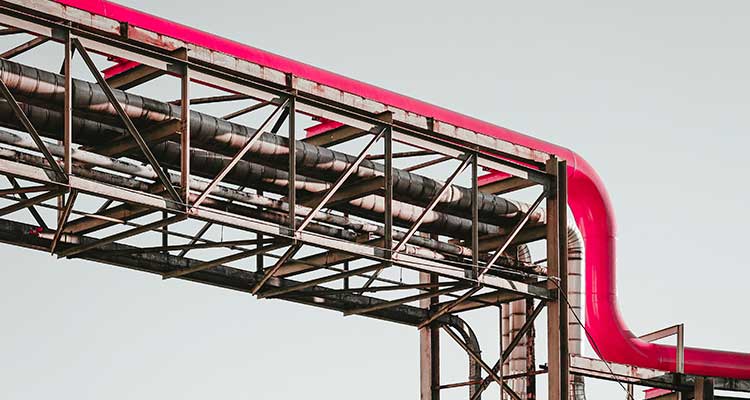How BIM Overcomes MEP Design and Coordination Challenges

The transition from CAD to BIM has empowered MEP engineers and transformed the design practices in AEC industry. MEP design and engineering team face a lot of challenges during design process and during installation of MEP systems in coordination with the structural and architectural elements. Let us understand what these challenges are and how, adoption of BIM can help address these challenges in the most suitable manner.
Space allocation for MEP systems
Usually MEP engineers add 10% to 20% load calculation to cover any changes that may occur to the design during later stages. However, with MEP BIM, exact load calculations can be done and equipment that can handle these loads is used. Engineers can claim the required space for mechanical and electric rooms. This results in smaller rooms for mechanical and electrical systems. Prudent use of space means more revenues for the owners.Spatial Coordination
In a buildings ecosystem, the space above the ceiling is important for MEP engineers and they seek to claim every inch. Mechanical equipment occupies the most space, and hence mechanical equipments are placed first. If mechanical engineers claim shaft space, others can design around this. Effective spatial coordination and collaboration results in a clash free design.
Model representation and visualization
✔ Schematic representation
It is important to understand that design BIM is not construction BIM. Since projects can be extremely large and complex, at an elementary stage BIM models need to be kept as simple as possible. Every detail need not be modeled. Schematic documents from MEP engineers assist development of MEP systems and their coordination. These documents reflect how the engineers want plumbing, air, hydronic and power systems to be sized and distributed within a building.
✔ Fully Modeled
Aptly created models (LOD 350) contain information for cross trade coordination and construction layout. These models also contain details that are included in construction drawings. These full fabrication models bring clarity to the design and construction process.
Using MEP data beyond design phase
There are several other details included in an MEP BIM ecosystem, which may not be important during construction; however this MEP data comes into picture during O&M and facility management phases. Usually when BIM is not implemented and the project goes into the FM phase, it becomes very difficult to procure relevant data and hence efficiently manage a facility. However MEP BIM is helpful in clearing the chaos and visualizing design details and MEP documentation in a clear and concise manner, hence gain actionable insights.
From our extensive experience of MEP BIM delivery for the most complex buildings across the world; we have learnt that MEP BIM when applied during an early stage can save a lot of money. As mentioned in the article, with MEP BIM, a lot of space is well coordinated and saved, MEP systems can be easily visualized, prefabricated and installed as desired without any kind on site detection of errors and hence rework and all this translates into efficient execution and cost benefits.












